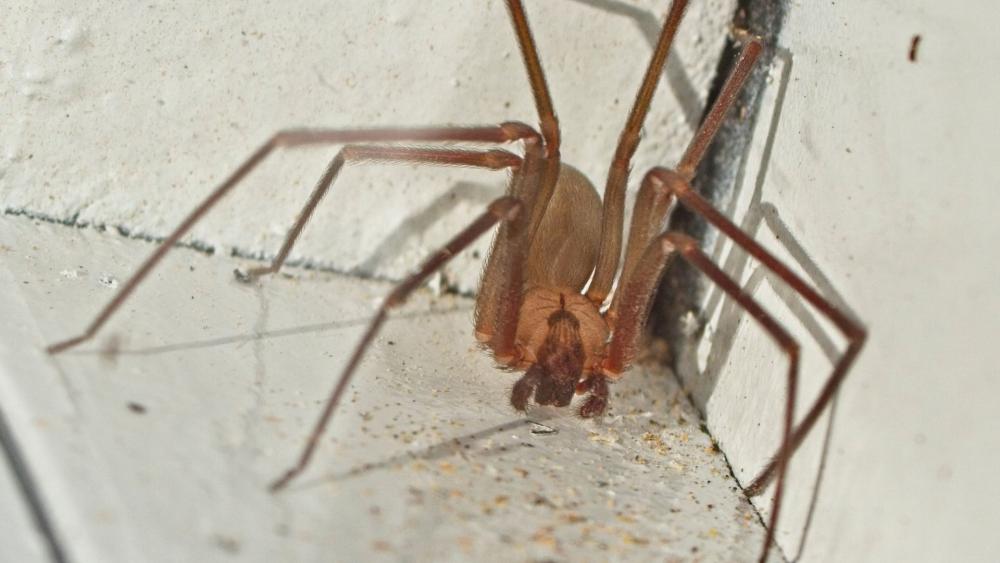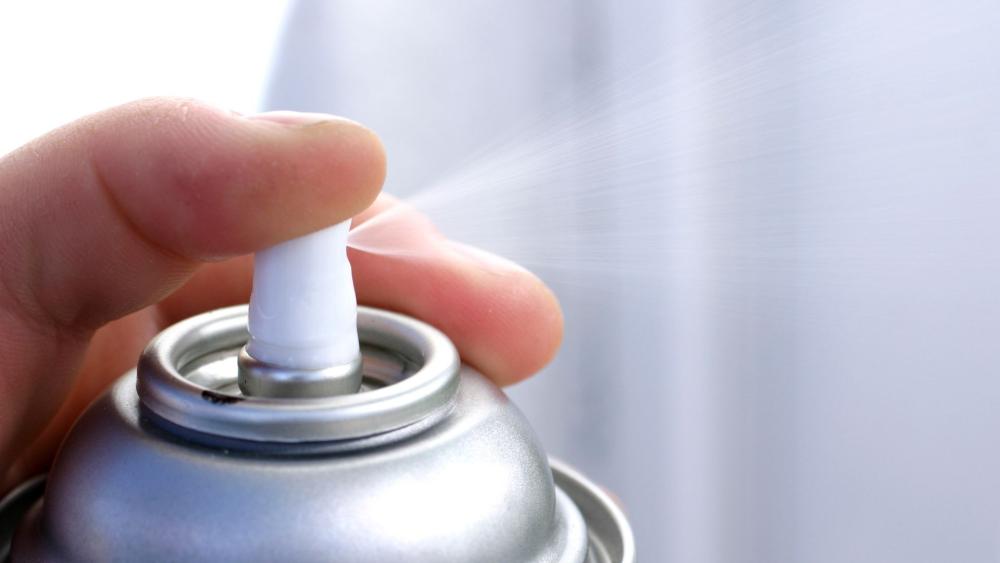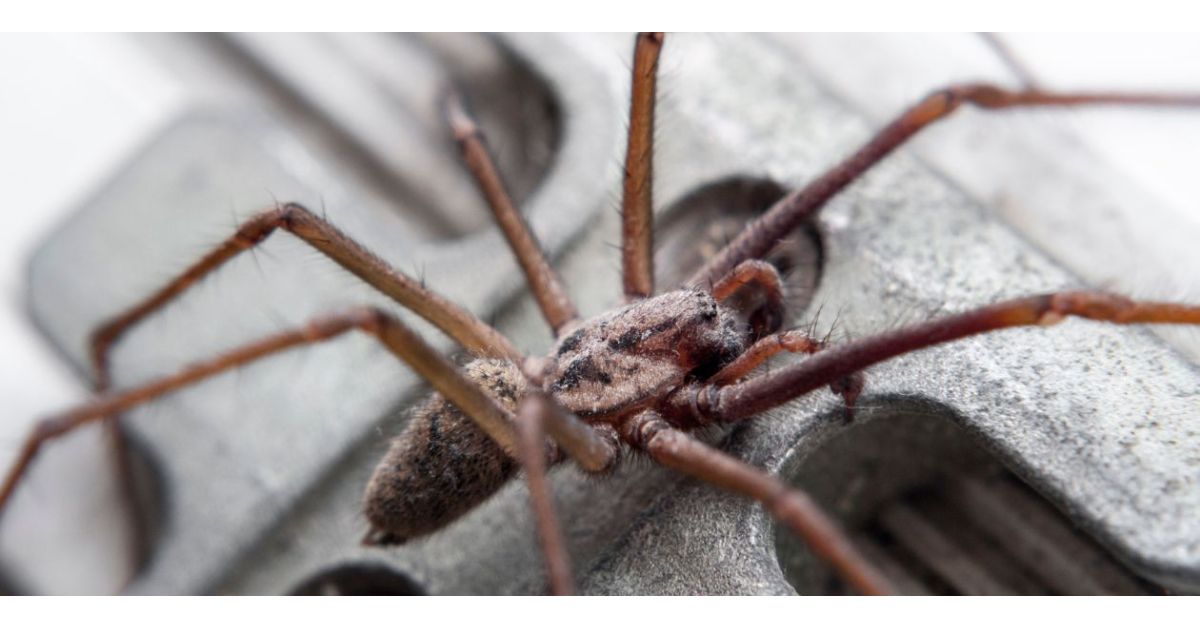Why Is My House Full Of Spiders?
Do you have an itchy feeling that there are spiders lurking in your home? If so, you're not the only one. Spiders are perhaps one of the most common household pests in the United States. While most spiders are harmless, there are a few species that can be dangerous - namely the black widow and brown recluse.
In this blog post, we will discuss the best way to get rid of spiders in your home. First, we will help you identify spider infestations. Next, we will describe how to inspect for spiders and provide tips on how to kill them.
Spider Identification
Many people are frightened of spiders, and for good reason— spider bites can be painful, and some spider species are venomous. But even if you're not afraid of these creepy-crawly creatures, you probably don't want them in your home. Spiders have eight legs, usually eight eyes, and can range in size from less than a quarter-inch to more than three inches in length.
Some spiders are brown or gray, while others are brightly colored. If you see a spider in your home, there's no need to panic. But if you see multiple spiders, or if you see spiders in areas where they shouldn't be (like in your bed), then you may have a spider infestation.

The brown recluse features a violin or fiddle-shaped design on its head.
Dangerous Spiders To Watch Out For (And What They Look Like)
The black widow and brown recluse are two of the most venomous and dangerous spider species in the United States. Black widow spiders are small, black, and shiny, with a red hourglass-shaped mark on their abdomen. Brown recluse spiders are light brown or tan with a dark brown violin-shaped mark on their back. Both of these spider species can be found in homes throughout the U.S.
How To Inspect Your Home For Spiders
So how can you tell if you have a spider problem? One of the most obvious signs is the presence of spider webs. If you start seeing webs in corners, on ceilings, or in other places where spiders like to hide, it's a good indication that you have an infestation.
Another telltale sign is the spider itself. If you see one spider, there's a good chance there are many more lurking nearby. Outdoor lighting can also attract spiders to your home; they're drawn to the light and often enter through open doors and windows.

Aerosol sprays are one of the most effective ways of killing spiders quickly.
What Is The Best Way To Get Rid Of Spiders In Your Home?
We recommend a combination of sanitation, liquid and aerosol spider insecticides, insecticide dust, and spider traps for monitoring.
Sanitation - Remove clutter in your crawl space, basement, or garage. You'll also want to control other insects in the problem areas, as they serve as the spiders' food source. The goal is to remove favorable conditions for the spiders.
Web Out Web Remover and Repellant can help you to remove spider webs and clear them out. The JT Eaton Webster Cobweb Duster Head is also an excellent tool to clean old cobwebs out of corners and other hard-to-reach places.
Liquid And Aerosol Spider Treatments - For on-the-spot knockdown and spider control, Onslaught FastCap Spider & Scorpion Insecticide works wonders. When you are trying to get at spiders between cracks and baseboards, Stryker 54 Aerosol or PT 221L Residual Insecticide Aerosol are superb tools, especially with the crack and crevice tip attachment.
Insecticide Dusts - For additional treatments and large spider problems, it may be necessary to use insecticide dusts such as D-Fense Dust or CimeXa Insecticide Dust. These can be used in attics, under baseboards, and in wall voids.
Spider Traps - Lastly, spider traps are a great way to monitor your spider population while also catching them and preventing their movement and spread. We suggest using Trapper LTD Insect Glue Boards or Monterey Spider Traps.
Have More Questions About Getting Rid Of Spiders?
At Do-It-Yourself Pest Control, we have a wide selection of spider control products to help you get rid of spiders in your home. If you have any questions, our experts are always here to help. Get in touch with DIY Pest Control today!









